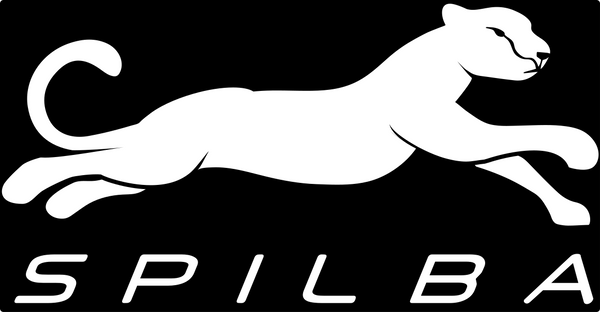Preguntas frecuentes
What would you like to know today?
What is the difference between a Narrowband and a Wideband sensor?
Narrowband lambda sensors are narrow-range sensors, measuring from 0 to 1 volt, available in versions with 1, 2, 3, and 4 wires. Due to their narrow measurement range, the information they provide is limited. They are relatively accurate around the IDEAL mixture (lambda = 1 or AFR =
14.7), but outside of that range, they are mainly for reference. We do not recommend them for fine carburetion adjustments
Wideband lambda sensors measure from 0 to 5 volts, increasing the measurement range. These are the 5-wire, 6-pin sensors. They are more
modern and expensive, but they provide an exact value of the ratio at all times, making them suitable for much finer adjustments
What is the difference between 1, 2, 3, and 4-wire lambda sensors?
The difference lies in the heating resistance and the number of grounds. Our recommendation would be to go for a 4-wire sensor, which is also the most modern option
Can I connect my wideband to my dynamometer, to my engine dyno, to my data acquisition?
Yes to all! The SPILBA wideband mixture indicator has an analog output that allows connection to any programmable, data acquisition, dynamometer, or test bench. If your equipment has an analog input, then you can connect without any problem!
Can I install a narrowband or wideband on my motorcycle?
Yes! If your motorcycle doesn't come with a factory-installed sensor, you would need to add a thread to the exhaust to install the sensor. Depending on the diameter of the exhaust, you might need to add a spacer to raise it higher. You can do this yourself or buy some that come
ready-made.
Do I have to connect the heating resistor in my 4-wire sensor?
Yes! For the indicator to work with a 3 or 4-wire sensor, all cables must be connected, including the white ones corresponding to the heating resistor. Otherwise, the indicator will always measure RICH. If for consumption reasons you want to avoid connecting the heating resistor, you would have to use a 1 or 2-wire sensor (which does not have an internal heating resistor)
What type of fuel system do Narrowband and Wideband mixture indicators work with?
They work with any type of fuel system (carburetor, fuel injection)
What are the compatible fuels with our mixture indicators?
Our mixture indicators, narrowband and wideband, can measure the ratio between air and the following fuels: Gasoline, Diesel, Alcohol, and LPG
Can I install a mixture gauge on a 2-stroke engine?
2-stroke engines mix gasoline with oil to operate. All mixture
indicators measure the ratio between air and fuel. In the case of mixing the fuel with oil, the measurement would be incorrect, so you cannot use a mixture indicator for your 2-stroke engine
